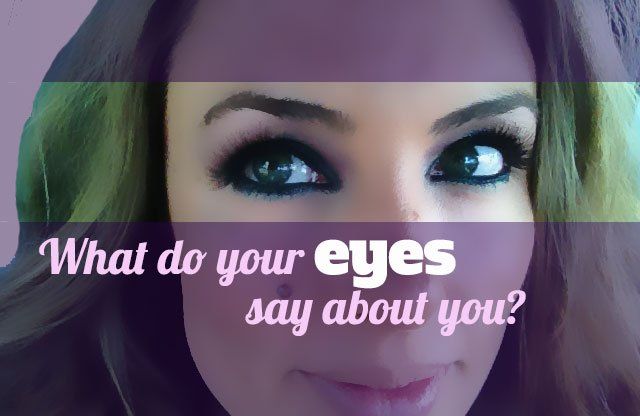

Dec 17
They say, “Eyes are the windows to the soul.” It makes sense. Our eyes are the first thing people look at. When we are talking, eye contact is key. Our eyes show emotion and help express how we are feeling.
When we are older, our eyes may start to convey the wrong message. “You look tired.” “You look stressed out.” “You look like you need a vacation.” Dark circles and under-eye puffiness can make us look tired even when we aren’t.
There are a lot of reasons for tired-looking eyes, but to keep it simple and (hopefully) entertaining, here are three main reasons:
You know, you could have tired-looking eyes because you actually are tired. Lack of sleep can contribute to dark circles and under-eye puffiness. To combat lack of sleep, get seven to eight hours of sleep each night and practice good sleep hygiene.
Although less common, allergies may also play a role in tired-looking eyes. If you have a frequent runny nose, watery or itch eyes, I may recommend that you get allergy tested.
The skin under the eyes is already very thin, but it gets thinner as we age, making the underlying blood vessels more visible. Lower lid vascularity can be a significant contributor to dark circles.
Cold compresses are often a “home remedy” for under-eye dark circles because they temporarily constrict the blood vessels so that you can’t see them as easily.
Teamine Eye Complex by Revision is a better, more long-term solution. Teamine is a concentrated cream that should be applied twice daily along the orbital bone. Specifically formulated to target dark circles caused by lower lid vascularity by brightening the skin, Teamine contains peptides to help thicken and firm skin as well as Vitamin K to help with the delicate capillary network.
What I call the “double bubble effect” is the most common reason for tired-looking eyes.
The first bubble is fat herniation. A layer of fat surrounds the eyeball (globe), cushioning it. When we are younger, the fat layer that is between the eyeball and the orbital floor is tightly held in place behind the lower lid septum and lid muscle (orbicularis oculi). As we get older, the various muscles and ligaments that keep the fat in place weaken, resulting in this layer of fat pooching out. We perceive fat herniation as “puffiness” or “bags under the eyes.”
The second bubble is caused by gravity and volume loss. When we are younger, a nice layer of fat sits at the lid cheek junction, creating a smooth plane of skin. As we get older, this fat descends below the lid cheek junction and loses volume, making our tear troughs look deeper. Deep tear troughs are what we most commonly perceive as “dark circles.”
My recommended treatment for the double bubble effect is either Belotero or a lower lid blepharoplasty.
Belotero is an injectable filler that I use to fill in the divot created by the double bubble effect. The result is a nice smooth plane of skin, making your eyes look refreshed and younger. I prefer Belotero to other fillers in this area because it is a soft and silky (low g-prime) hyaluronic acid, perfect for under-eye use where your skin is thin and easily shows imperfections. Belotero treatments can be done on an outpatient basis in 30-40 minutes (think of it like a spa appointment) and the results last for up to eight months.
A lower lid blepharoplasty, also called lower eyelid surgery or eyelid lift, provides a more permanent solution by removing or repositioning the pooching fat and pulling up the drooping skin. Blepharoplasty takes about a half day from check-in to check-out. It can be done under general anesthesia or local anesthesia, depending on your health and preference. An additional benefit to lower lid blepharoplasty is that it smooths under-eye fine lines and wrinkles, which contribute to tired-looking eyes but cannot be fully addressed by other treatments.
You are probably wondering how I decide whether to recommend Belotero or lower lid blepharoplasty. It really depends on your unique facial features and on the discussion we have during your consultation. However, as a general rule when the amount of Belotero required to camouflage the double bubble effect would start to look abnormal or give an overall appearance of puffiness to the lid cheek junction, I lean towards surgery.
Want to find out what Dr. Yoo recommends for you? Call (858) 381-4801 to schedule a consultation.
Next, you might like to: